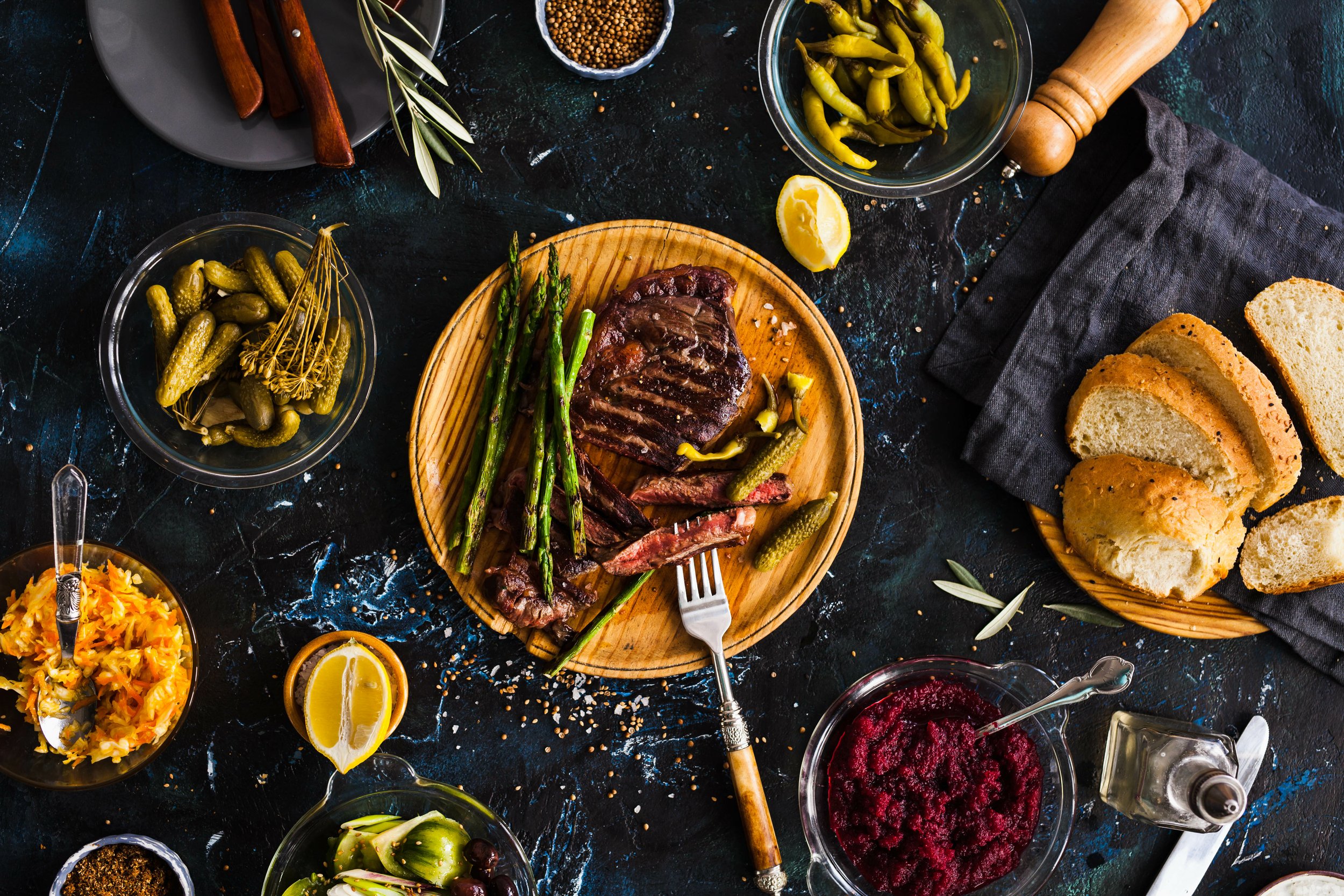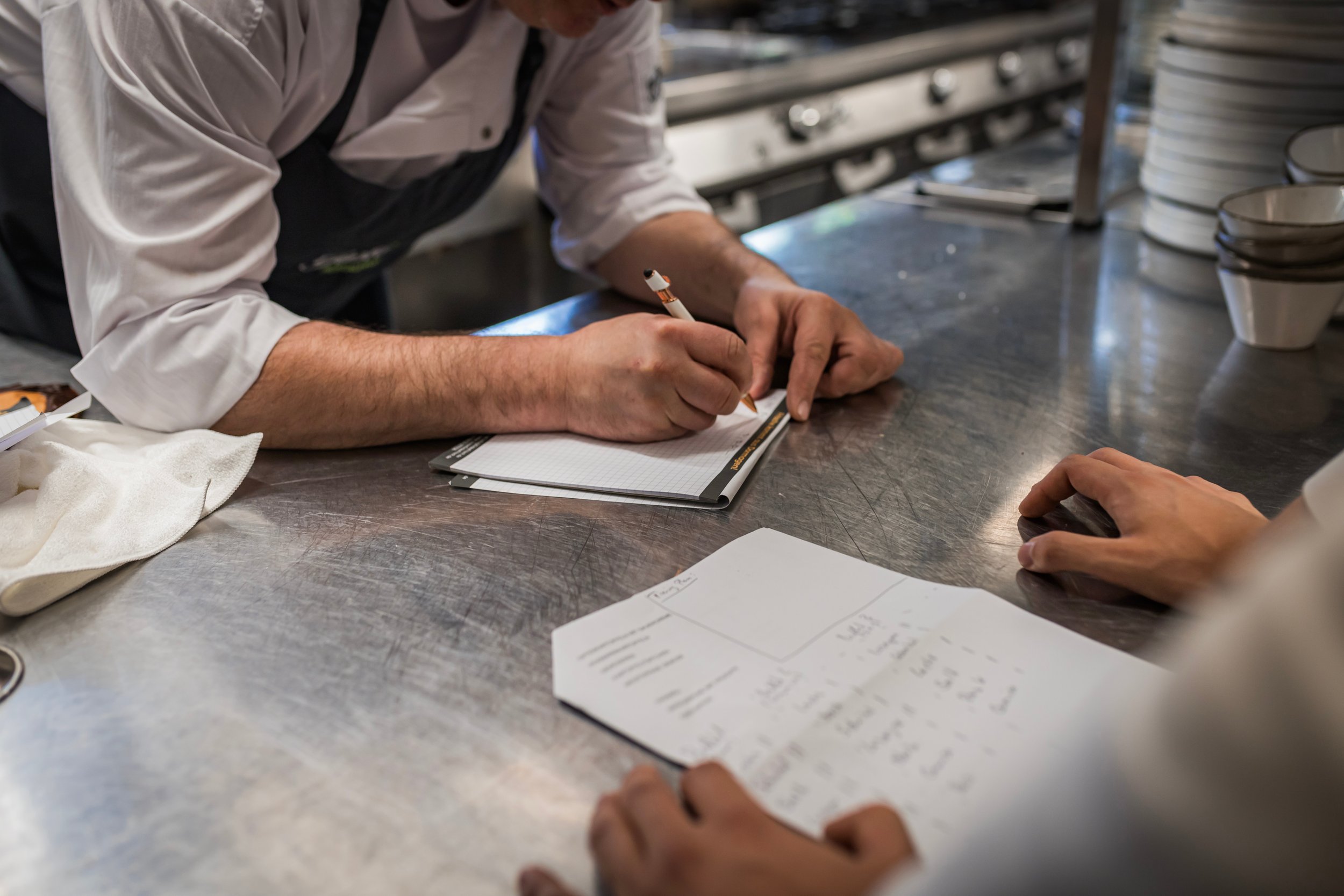Give consumers new options and ways to think about value.
The major topic of conversation in 2024 was price. It was a year where endless promotions and value meals led to price wars across the industry. But, historically, the relentless focus on dropping prices rarely works — they lead to devaluing the product and brand and make it difficult to raise prices when necessary.
Thankfully, how consumers define value goes well beyond price — they consider price and quality to be on nearly equal terms when it comes to their value consideration. That’s why a successful burger offering from a casual chain can cost twice as much as one from a major fast food chain and be successful in a year where prices were top of mind. That’s why caviar is everywhere at a time when inflation is a central topic of conversation. Most of the restaurant chains that are doing well are not the cheapest in their category, but rather they’re focused on a more holistic value proposition that combines factors like taste, service, and convenience. In 2025, give consumers new ways to value your brand that go beyond low prices.
Which attributes increase the value of an item?
When we asked consumers to choose the top five attributes that increase the value of a food item, price and quality were neck-and-neck for the top selections. But a wide range of considerations are in play when consumers decide how to value something — and those may change from consumer to consumer and occasion to occasion. Gen Z was comparatively less likely to choose price and quality (the older you get the more those attributes matter to you), while they over-indexed for social media hype (25%).

73% of consumers say knowing where the ingredients were sourced from increases the value of a product
Which experiences do consumers value the most?
-

39%
A comfort meal when I need it the most
-

36%
Making a special occasion or holiday meal for family/friends
-

30%
A familiar meal done perfectly
-

29%
Making an everyday dinner for family or friends
-

24%
An entirely new food experience

53% of consumers say innovation increases the value of a product, while only 11% say it decreases the value
Consumers are rethinking
what they value
In last year’s report, we noted that 38% of consumers said the value of eating out had declined overall. Now they’re shifting many eating occasions to home. In fact, 46% of consumers today say they are mainly experimenting with new foods at home, while only 26% say the same of restaurants — a historic shift. Now 1 in 4 consumers says they experiment in their home kitchen regularly.
But they’re also rethinking which at-home products they value. Today 35% of consumers say store brands are just as good as name brands. Now they’re either opting for those store brands, with increasingly on-trend options from options like Target’s Good & Gather and Walmart’s bettergoods, or splurging when the quality is worth it, driving growth in brands like Rao’s and Poppi.
22%
of consumers say they are going to restaurants less because the experience isn’t worth it
22%
of consumers say full-service restaurants aren’t worth the price
21%
of consumers say there are too many versions of the same product on shelves
Ten value thought-starters for the year ahead
What would the most premium, luxurious version of your product or brand look like?
Which elements of value are central to your brand?
What will transformative innovation — not just iterative — look like for your brand in 2025?
How can you bring the value associated with a special occasion meal to an everyday lunch or dinner?
What would the best version of a dish or product look like without thinking about price?
What are some elements of your brand that consumers may value that you aren’t getting credit for?
How can you showcase the value that innovation brings to a dish, product, or concept?
How can foodservice operators recapture consumers who are experimenting at home more?
How can CPG brands give consumers more options to experiment with at home?
Is there anything you are spending too much time or money on that consumers don’t value?


